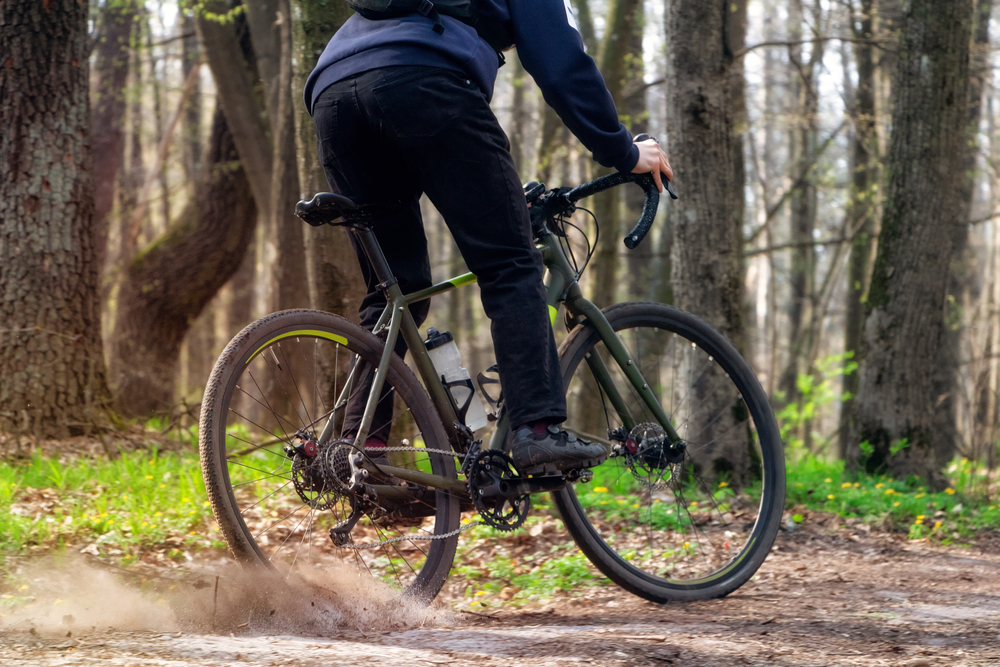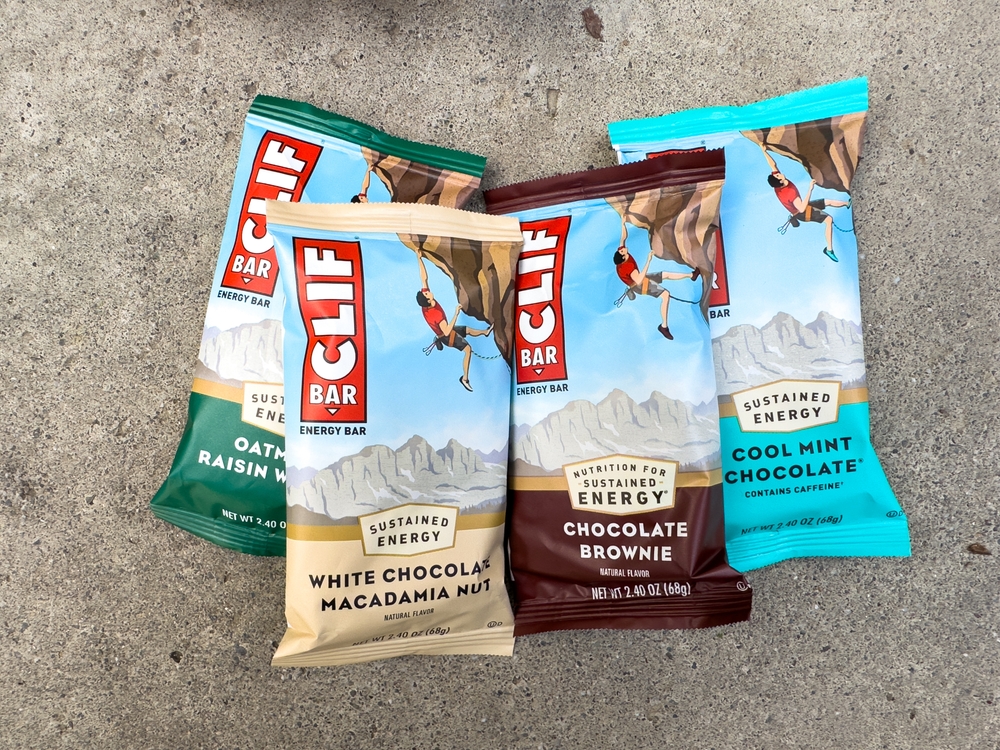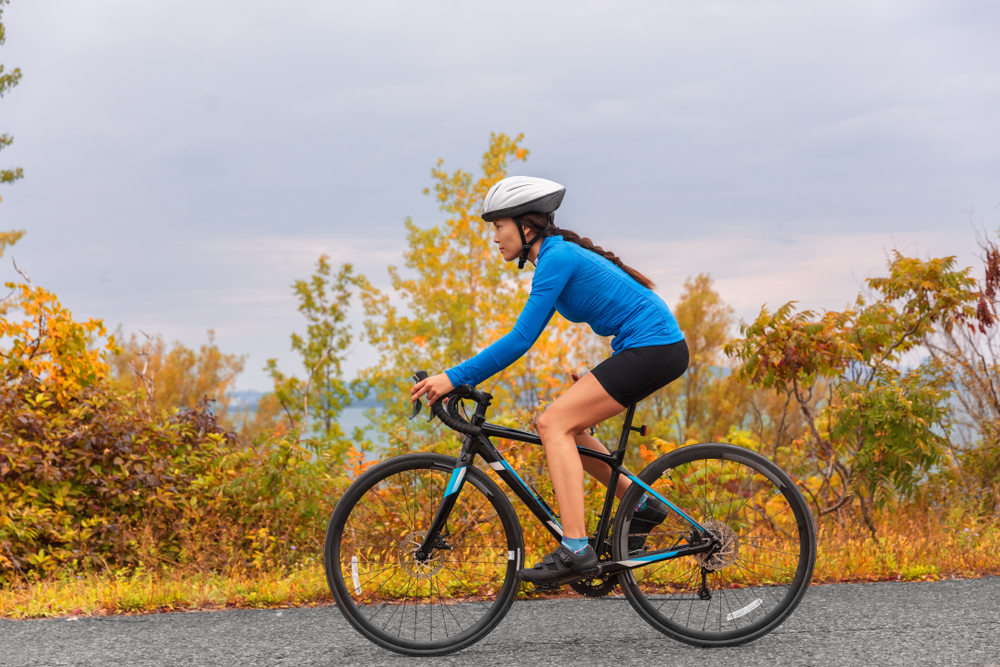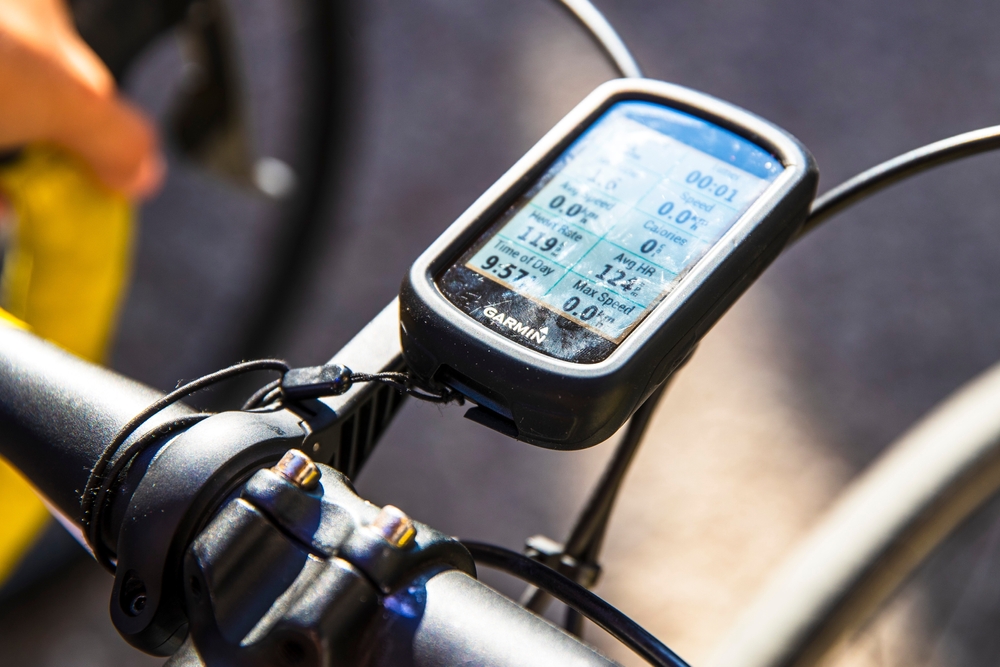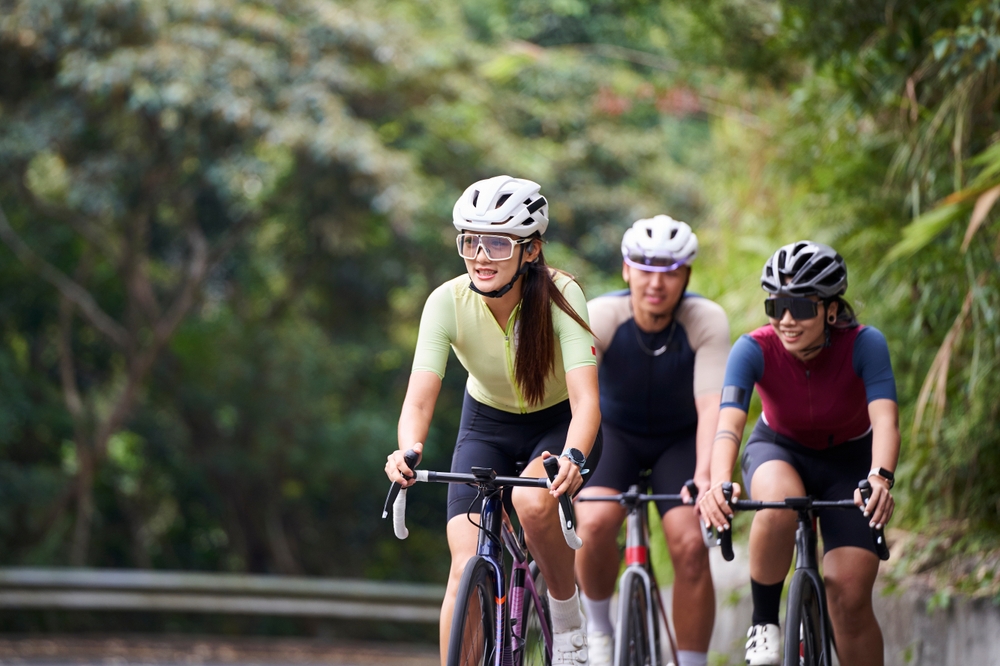Saddle Sore: Prevention and Treatment
Saddle sore is a common issue for cyclists, equestrians, and motorcycle riders. It occurs due to the friction between the saddle and the skin. This friction causes irritation, which can lead to soreness and even infection if not addressed promptly. Understanding the causes and treatments of saddle sores is vital for anyone who spends considerable time on a saddle.
Causes of Saddle Sore
Saddle sore is primarily caused by friction. This friction comes from continuous movements while riding, which irritates the skin. Several factors contribute to the development of saddle sores:
- Improper Saddle Fit: A saddle that doesn’t fit well increases pressure on certain points. This can cause irritation and lead to soreness.
- Prolonged Pressure: Riding for extended periods without breaks can cause areas of the skin to become inflamed.
- Poor-quality Chamois: A low-quality or worn-out chamois (the padded part of cycling shorts) can increase friction.
- Poor Hygiene: Not maintaining cleanliness can lead to bacterial growth, exacerbating the sore.
Prevention Techniques
Preventing saddle sores involves a combination of equipment checks, proper riding techniques, and good hygiene practices:
- Proper Saddle Fit: Ensure your saddle fits well. Get a professional fitting if needed. Different types of saddles cater to various riding styles and body types.
- Quality Bike Shorts: Invest in high-quality bike shorts with a good chamois. Replace them regularly as the cushioning wears out over time.
- Hygiene: Maintain cleanliness. Shower immediately after riding and change into clean clothing. Using anti-bacterial soap can help prevent infections.
- Chamois Cream: Apply chamois cream to reduce friction. It’s designed to reduce chafing and provide a layer of protection.
- Regular Breaks: Take frequent breaks during long rides. Stand up on the pedals periodically to relieve pressure.
Types of Saddle Sore
Saddle sores can manifest in several forms, such as:
- Chafing: Caused by continuous rubbing, chafing leads to red, irritated skin.
- Folliculitis: Infection of hair follicles due to bacteria, leading to small bumps.
- Abscesses: These are larger, painful swellings filled with pus, requiring medical attention.
Treatment Methods
Treating saddle sores promptly can prevent them from worsening:
- Rest: Allow the affected area to heal by taking a break from riding.
- Topical Treatments: Apply antiseptic creams to prevent infection and promote healing.
- Warm Compress: Use a warm compress on the sore to reduce pain and swelling.
- Over-the-counter Medications: Pain relievers like ibuprofen can help reduce pain and inflammation.
- Proper Hygiene: Maintain cleanliness of the affected area to avoid bacterial growth.
When to See a Doctor
Most saddle sores can be treated at home, but severe cases might require medical attention. Seek a doctor’s help if:
- The sore does not heal or worsens after a few days of home treatment.
- There is significant swelling, redness, or heat around the sore area.
- Pus is draining from the sore, indicating a possible infection.
- Fever or other symptoms of systemic infection occur.
Tips for Long-term Riding Comfort
Maintaining comfort during long rides reduces the risk of developing saddle sores. Here are some tips:
- Adjust your saddle height and angle. Experiment to find the most comfortable position.
- Choose the right cycling clothing. Look for moisture-wicking and breathable fabrics.
- Gradually increase your riding duration. Give your body time to adapt to longer rides.
- Practice good posture. Keep your weight evenly distributed and avoid excessive leaning forward.
- Stay hydrated. Proper hydration maintains skin elasticity and overall health.
Choosing the Right Saddle
The right saddle can make a significant difference in preventing saddle sores:
- Consider Saddle Width: Choose a saddle that matches your sit bone width.
- Padding: Find a balance in padding. Too much or too little can increase pressure points.
- Saddle Shape: Opt for a saddle shape that supports your riding style and body type.
- Cutouts and Channels: These features can reduce pressure and improve comfort.
Improving Riding Technique
Proper riding techniques can minimize friction and reduce the risk of saddle sores:
- Pedal smoothly. Avoid abrupt movements that increase friction.
- Shift your position periodically. This helps in distributing pressure evenly.
- Increase core strength to maintain a stable and upright position.
- Fine-tune your bike fit. Ensure handlebars, saddle, and pedals are correctly adjusted.
“`


